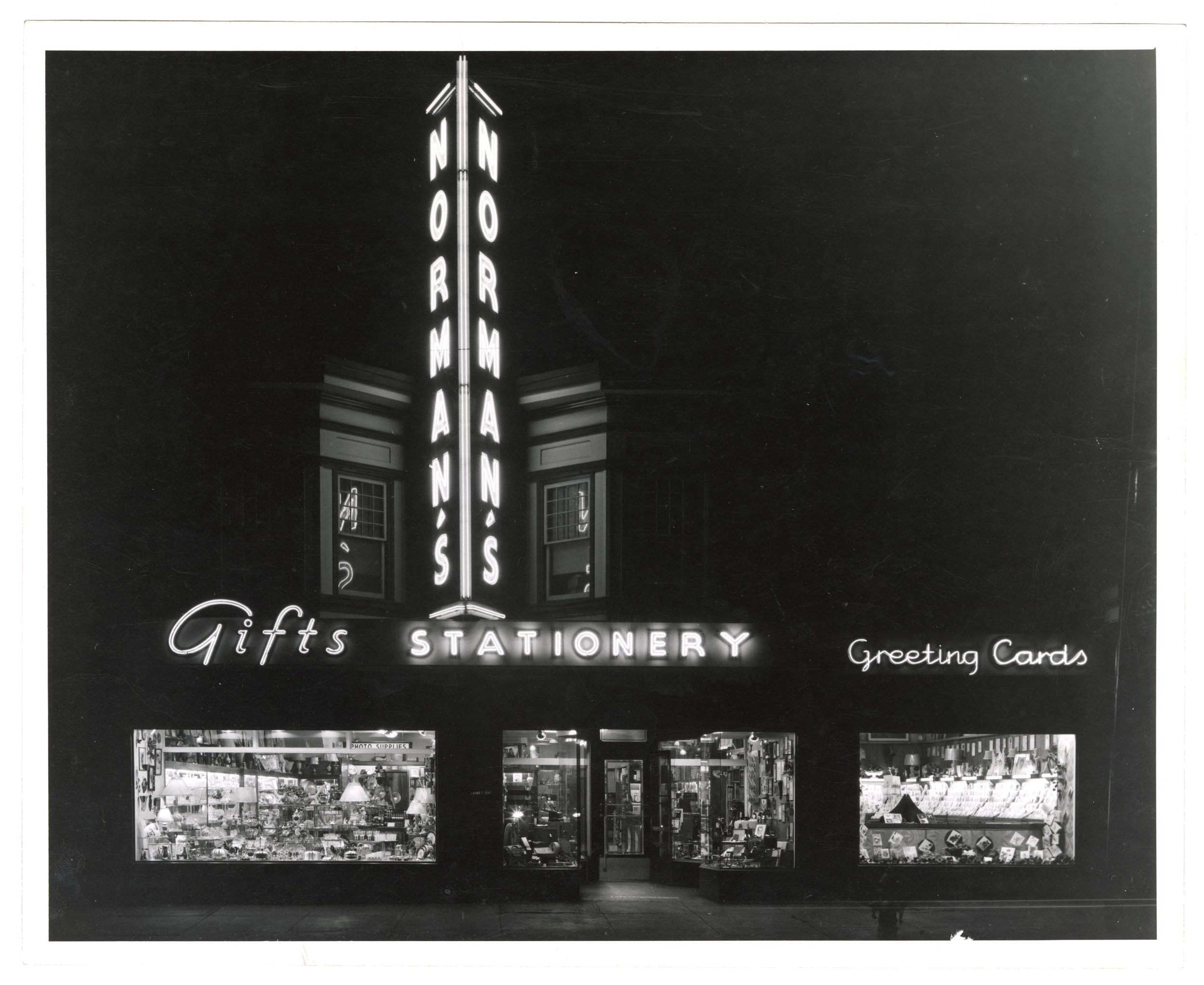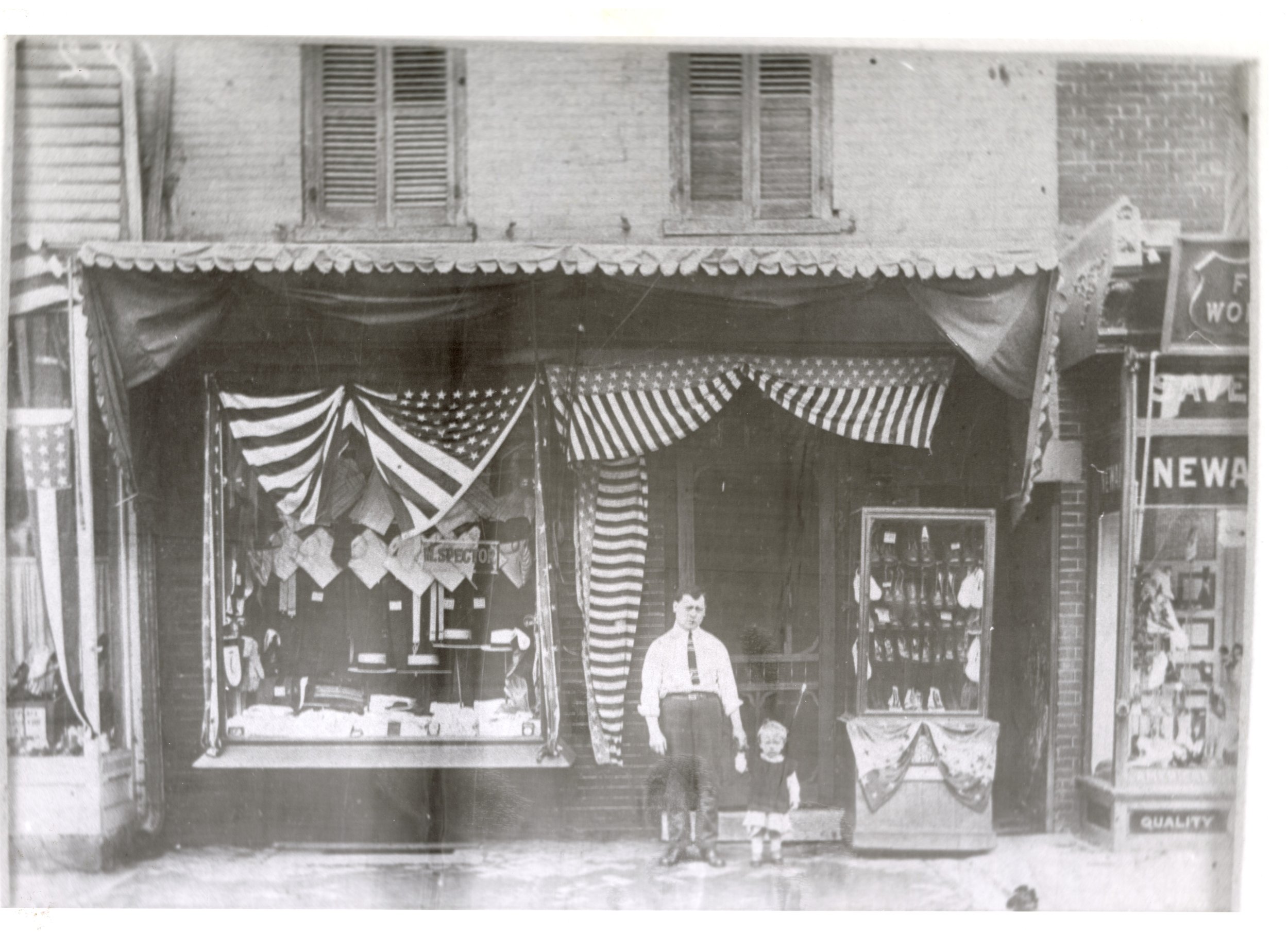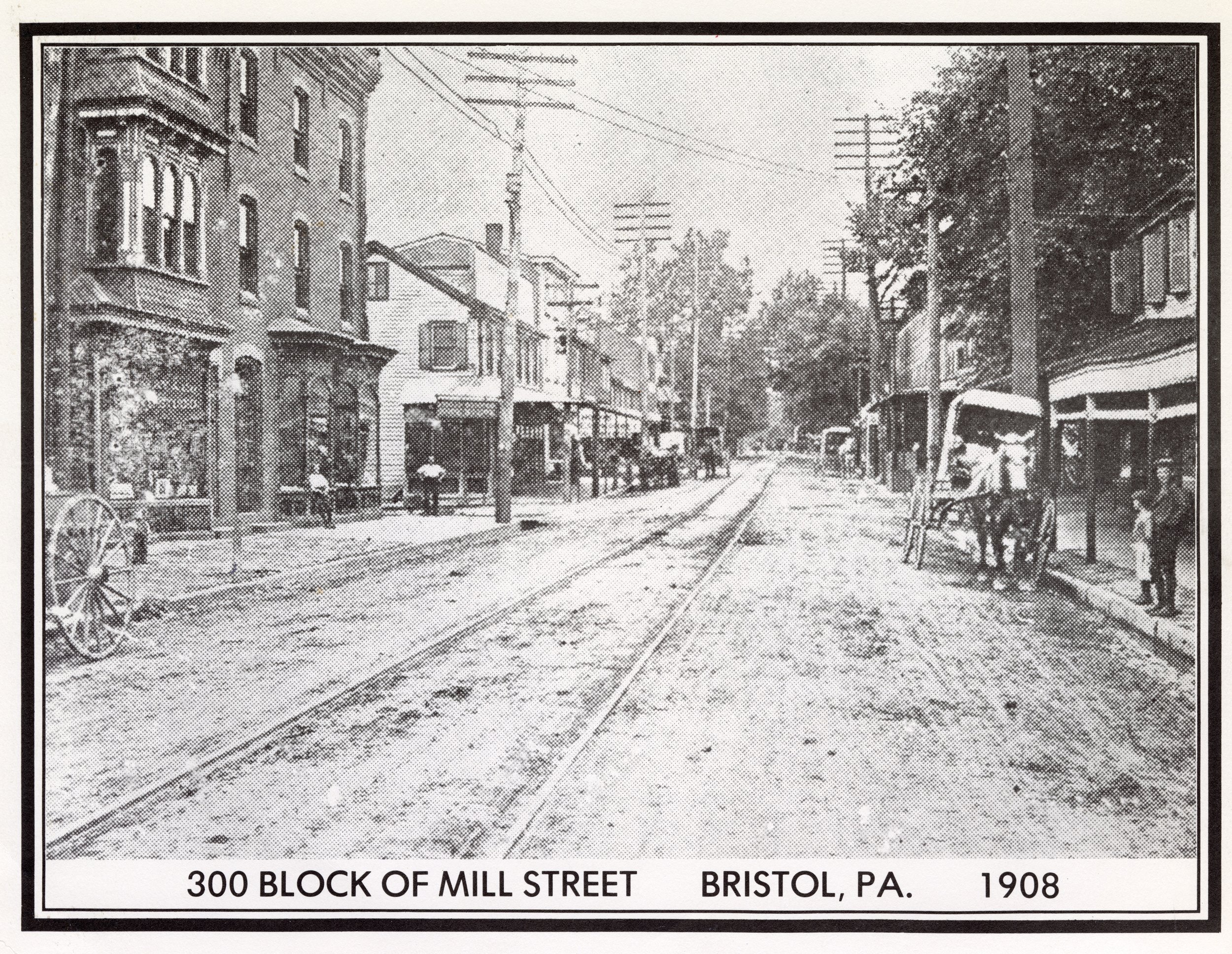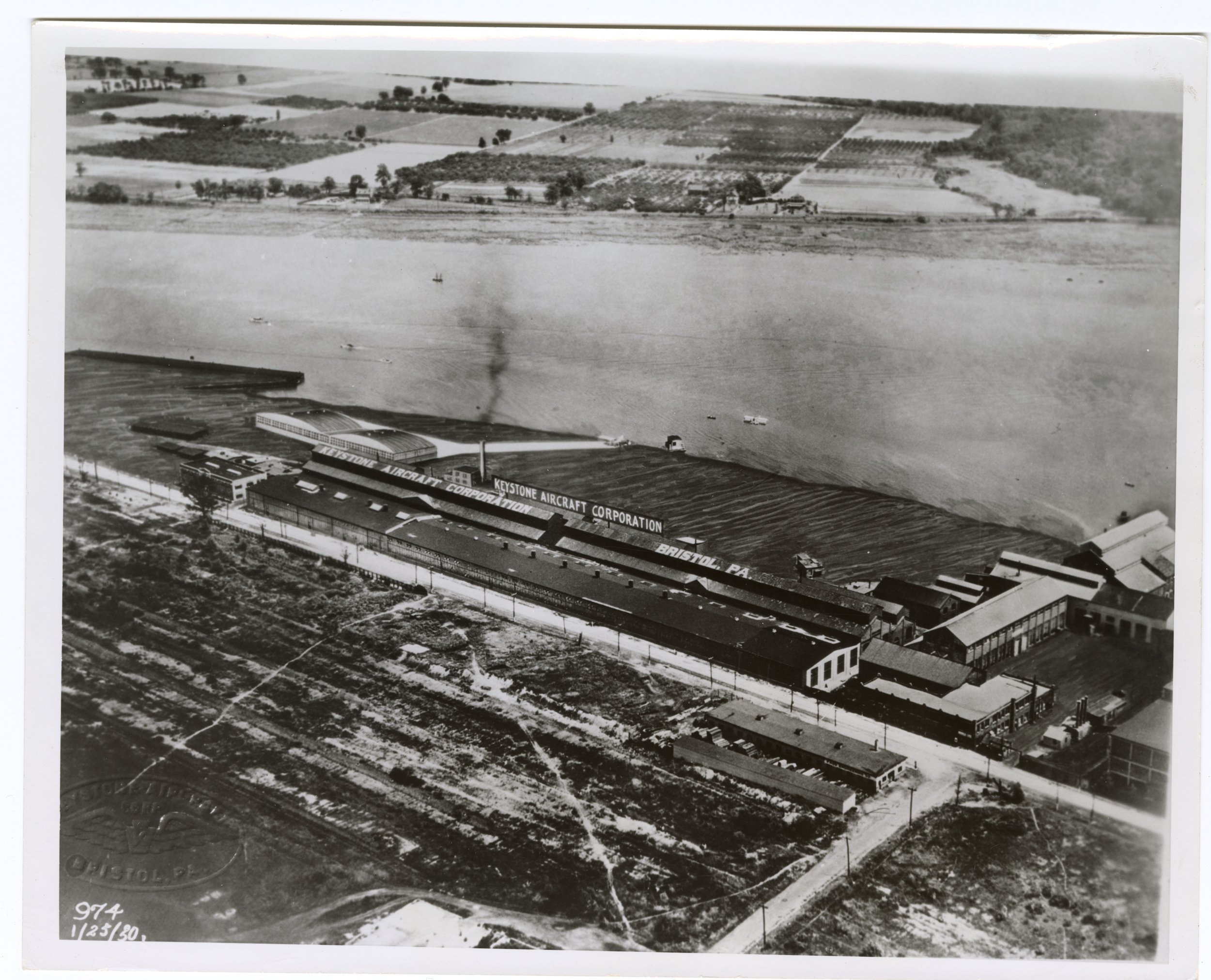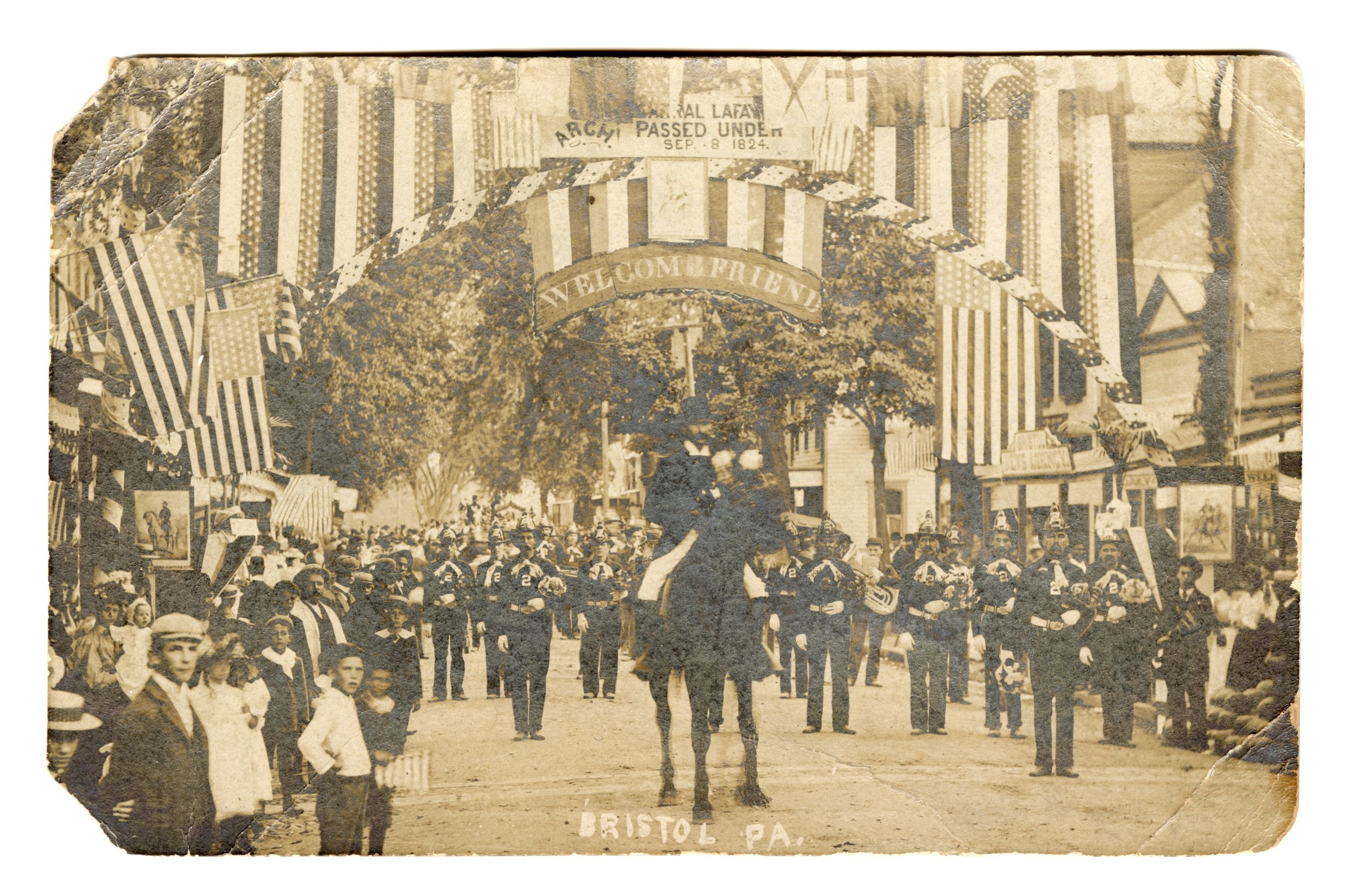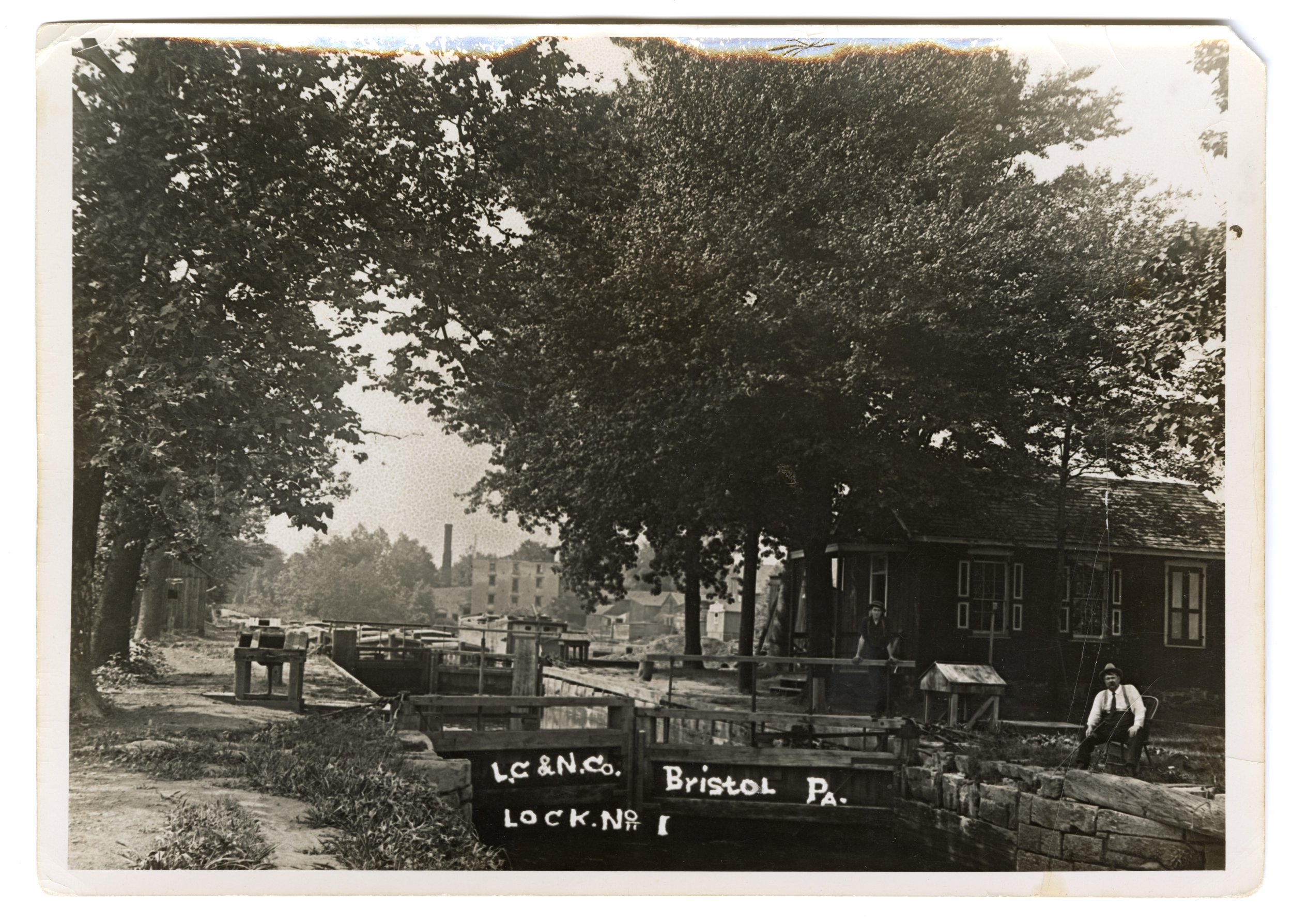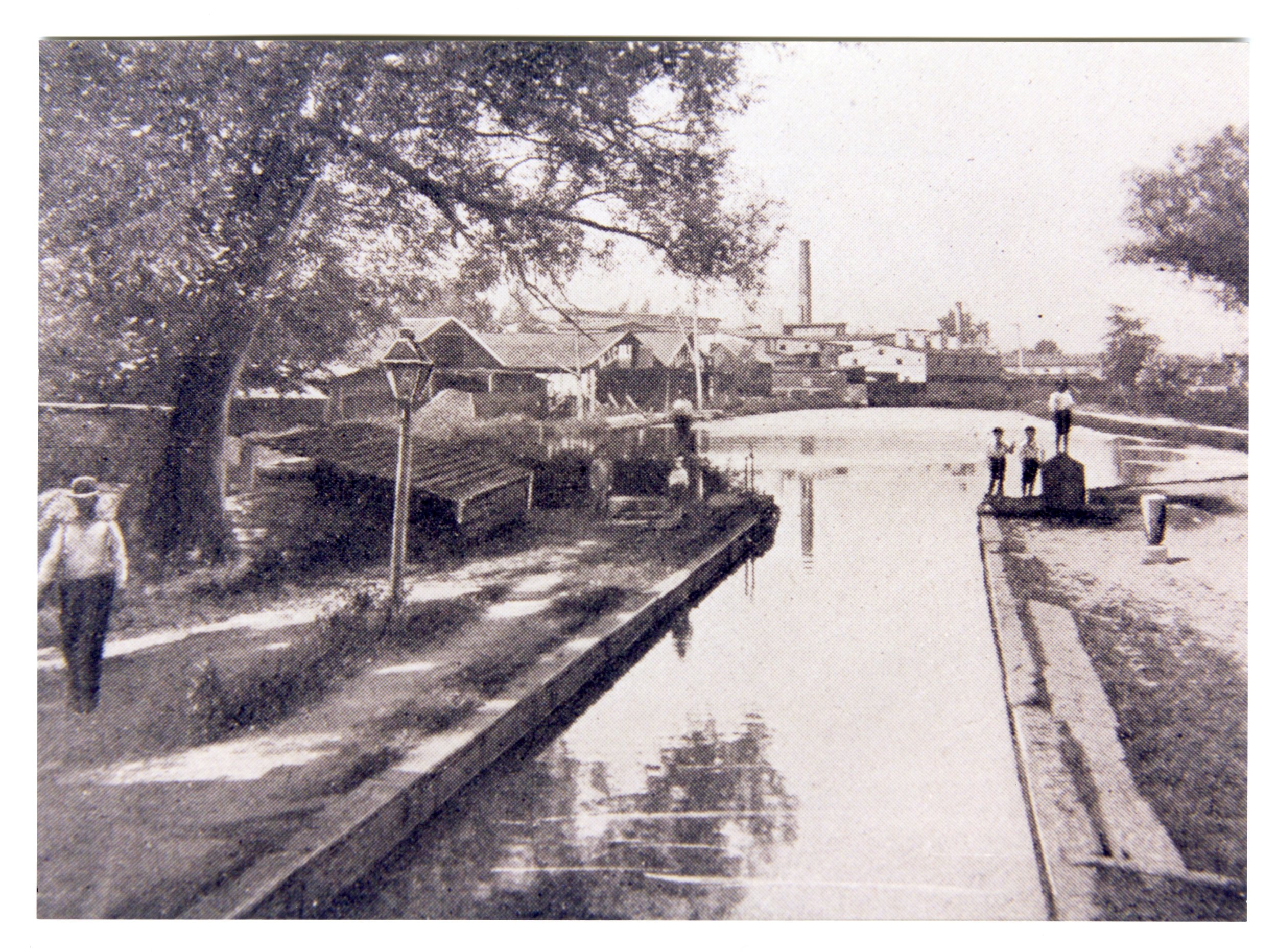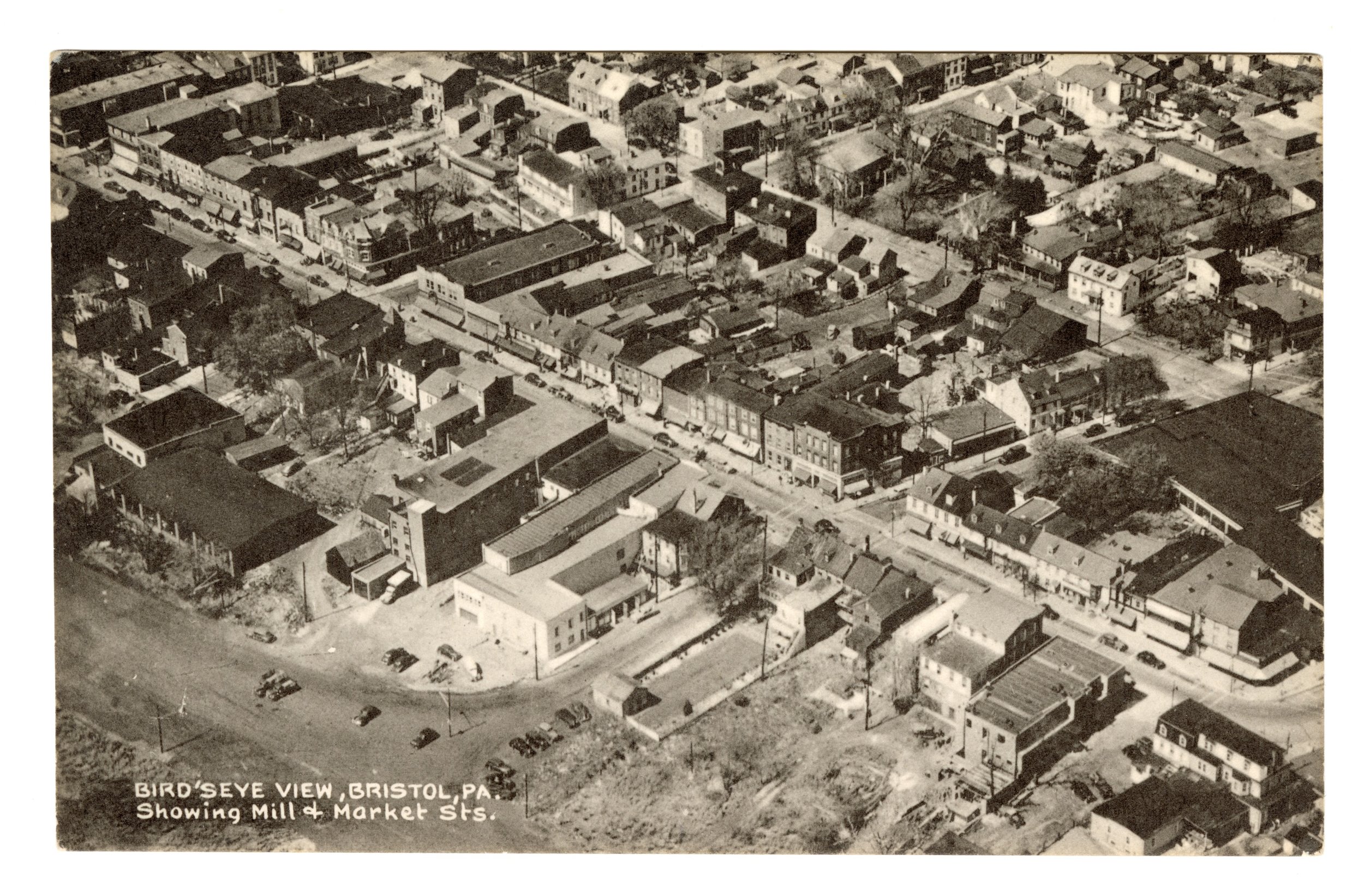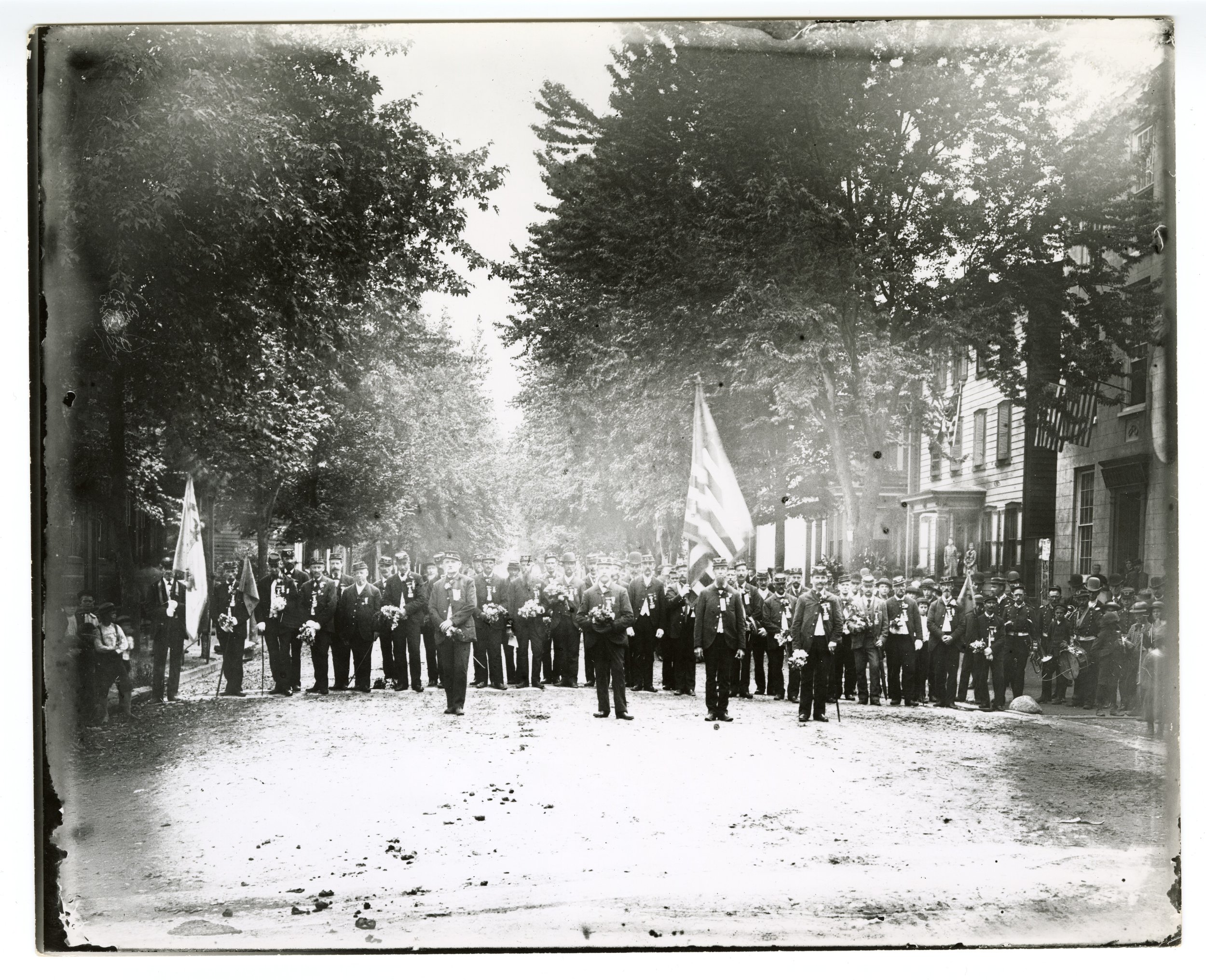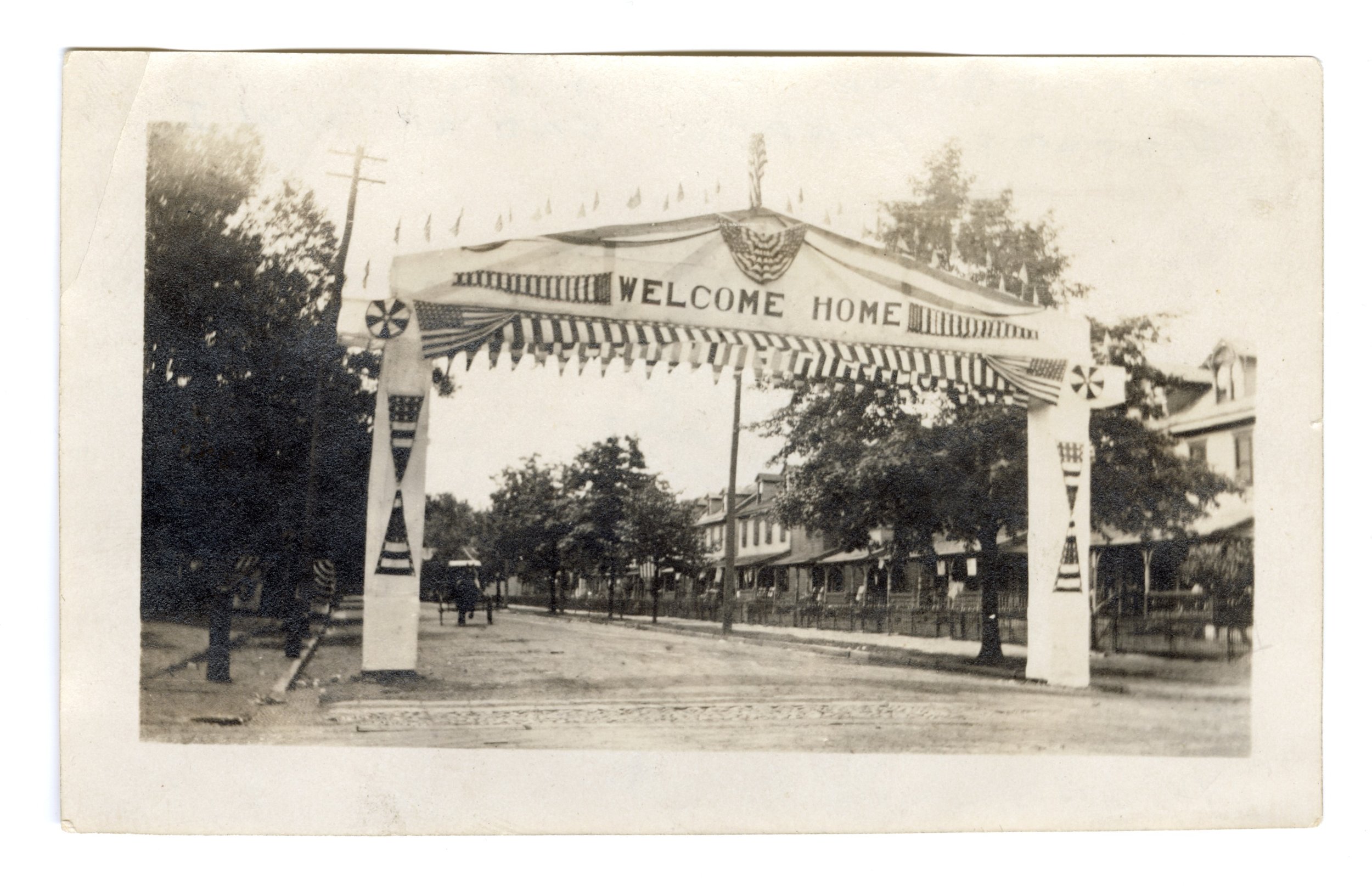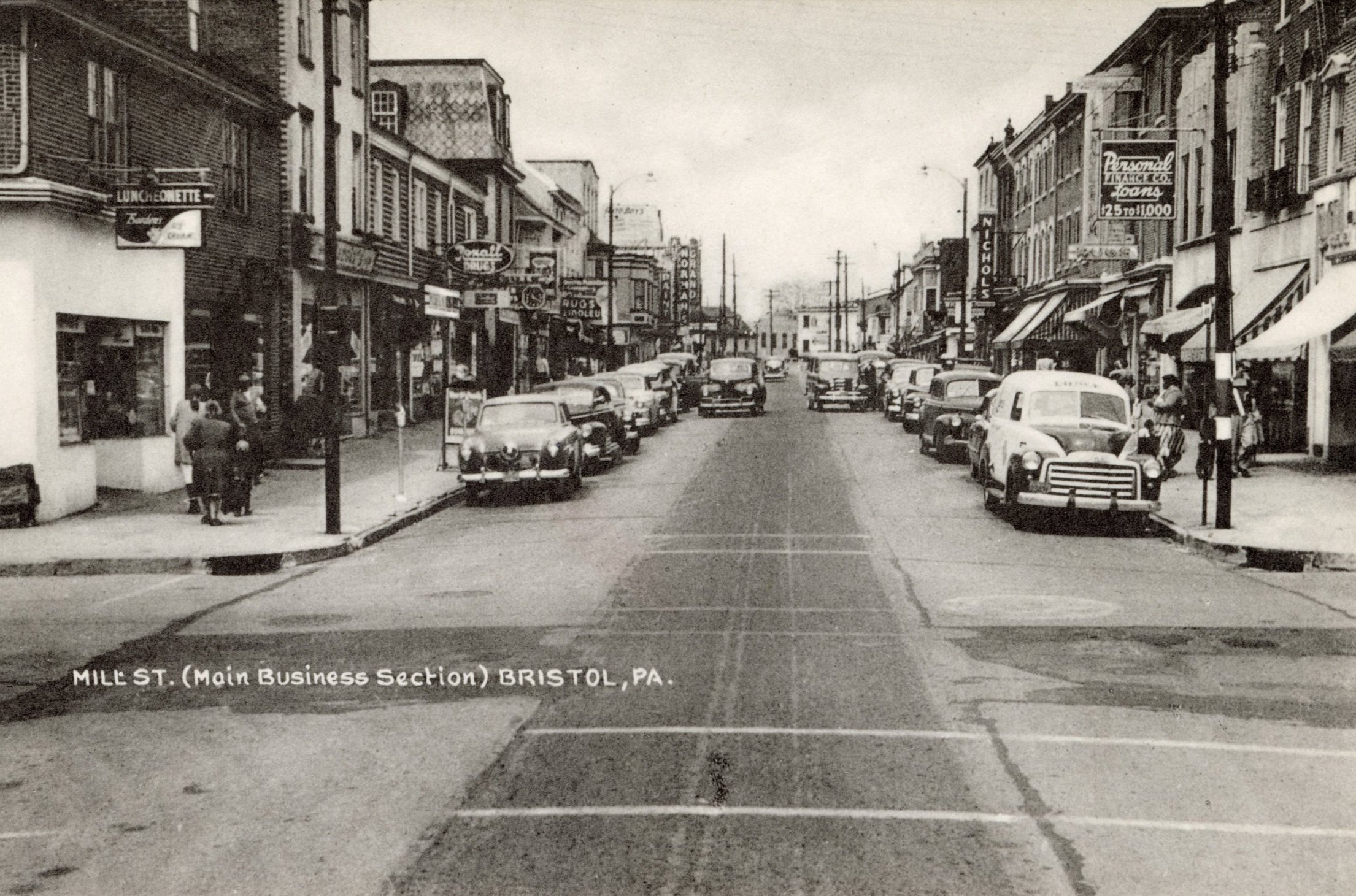
Our history is the cornerstone of our vibrant present and promising future.
Bristol Borough’s past is highlighted by growth and development, as well as our community's struggles and triumphs. The Borough also played a significant role in American history, from the Revolutionary War to the Industrial Revolution.
Understanding Bristol Borough's history helps shape its future by providing a foundation for continued growth and development, all while preserving its unique character and identity.
-
Bristol Borough is a historic town located in Bucks County, Pennsylvania. It is situated along the Delaware River and is considered one of the oldest towns in the Commonwealth, with its origins dating back to the late 1600s.
Bristol Borough was originally named Buckingham, as it was a common practice to name a new settlement after an established town in the country of origin of the first English Quaker settlers. The town was later renamed after Bristol, England, which was a major city and a frequent point of departure for immigrants. The reason for the renaming from Buckingham to Bristol is not certain, but it is believed that it was done to honor the origins of the settlers.
One of Bristol's most exciting visitors was Major General Marquis de Lafayette, an early supporter of American independence. On September 27, 1824, he visited Bristol during a return tour of America. Bristol saluted him with a huge crowd and a parade from Adam’s Hollow Bridge under the “Welcome Friend” Arch that now hangs proudly in our Town Hall. Learn more about General Lafayette's connection to Bristol here.
A unique aspect of Bristol Borough is its four historic districts, which makes it one of the largest in Bucks County and includes the homes of many historical figures like canned soup pioneer John Dorrance, U.S. Senator Joseph Grundy, and Spanish ambassador Don Luis de Onis. The historic districts have been listed on the National Register of Historic Places.
-
Bristol Borough was a major center for textiles during the 1800s and early 1900s, and many of the historic buildings in the town date from this time period.
The town, being situated along the Delaware River, was an important transportation and industrial hub during the 18th and 19th centuries. This period of growth was driven by shipbuilding, ship repair, and textiles. Bristol Borough had several shipyards and textile mills that provided jobs for many of the town's residents. This led to a population increase, the development of infrastructure, and prosperity for the town.
However, as the 20th century progressed, many of these industries began to decline due to changes in technology and the economy. The town's shipyards closed, and many of the textile mills shut down. This resulted in a period of economic decline, as many Borough residents were left without jobs and the population decreased as a result.
In recent years, Bristol Borough has undergone a revitalization process, with many of its historic buildings being restored and repurposed, new businesses have opened and it has become a popular destination for tourists, especially for those interested in history and architecture. The Borough is attracting a new wave of residents, who take pride in their community and the historical significance of the town.
-
Bristol Borough has a strong sense of community and a vibrant downtown area. There are a variety of shops in the Borough that offer a wide range of products and services, catering to both residents and visitors alike. These include antique stores, clothing stores, home decor shops, specialty food, bars, art galleries, and more!
Additionally, Bristol Borough prides itself on the cultural heritage of its residents and hosts festivals and events to feature them. Some of these events include the Italian Day Festival, Puerto Rican Day Festival, Doo-Wop in the Park, Juneteenth, and the Annual Christmas Tree Lighting.
